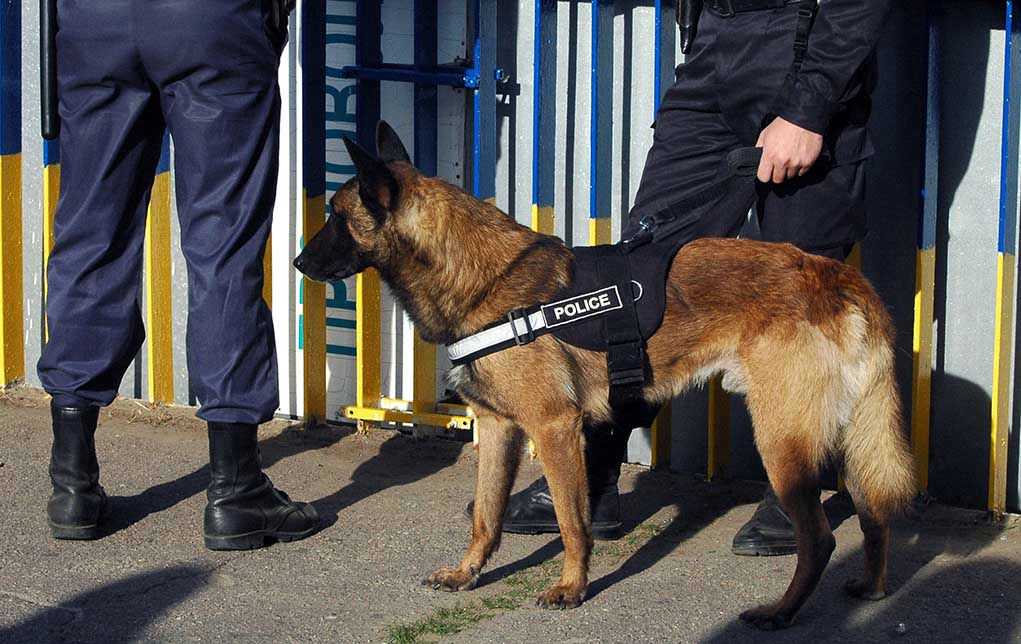
A record-breaking meth bust on I-90 exposes how cartel pipelines exploit weak points—and why state-ICE partnerships like 287(g) are becoming a frontline defense.
Story Snapshot
- Troopers seized about 207 pounds of crystal meth near Sturgis, the largest haul in South Dakota Highway Patrol history.
- Officials valued the load at roughly $12 million; a 42-year-old non-citizen driver was arrested and placed in immigration proceedings.
- State leaders tied the case to Operation: Prairie Thunder and cooperation with ICE under 287(g).
- K9 alert during a speeding stop led to the discovery; felony drug charges were filed.
Record Seizure Tied to Highway Interdiction and 287(g)
South Dakota’s governor announced that a Highway Patrol traffic stop on I-90 near Sturgis ended with the seizure of approximately 207 pounds of crystal meth, which the state estimates at about $12 million in street value, marking the largest meth bust in Highway Patrol history. The governor’s office emphasized the suspect’s non-citizen status and said immigration proceedings are underway, highlighting the state’s cooperative framework with ICE through the 287(g) agreement as part of Operation: Prairie Thunder.
Local reporting added operational details: troopers stopped a speeding vehicle on I-90, a K9 alerted to the odor of narcotics, and officers then discovered the drugs. Authorities arrested the 42-year-old driver and listed charges including felony distribution/manufacturing and felony possession, alongside a misdemeanor paraphernalia count. These facts align with the state’s account and place the incident on a well-traveled corridor frequently targeted for interdiction, especially around the Sturgis area during peak traffic periods.
How Operation: Prairie Thunder Changes the Playbook
Operation: Prairie Thunder integrates highway interdiction tactics with immigration enforcement coordination, allowing designated state personnel to begin federal transfer processes when non-citizens are arrested for qualifying offenses. The governor’s office framed this case as evidence of the strategy’s effectiveness and noted it as part of a series of non-citizen stops since the 287(g) agreement took effect. The approach seeks to remove dangerous narcotics while ensuring swift federal coordination when immigration issues arise after state arrests.
The use of K9 units is central to this interdiction model. In similar cases, courts evaluate whether the stop length and canine alert establish proper probable cause; those issues may surface here as proceedings move forward. For now, officials stress the immediate public safety impact: removing an estimated $12 million worth of meth from potential distribution channels. Analysts also caution that “street value” can vary by market and quantity, so the figure is best understood as a state estimate rather than a uniform benchmark.
Implications for Border Security, Community Safety, and the Courts
Short term, the seizure disrupts a major shipment and signals heightened risk for traffickers using I-90. Longer term, interdiction pressure may push networks to reroute around South Dakota, while state-federal coordination under 287(g) is likely to expand as leaders point to results. Prosecutors will manage a high-stakes case where admissibility of evidence—especially the K9 alert and stop procedures—could face defense scrutiny typical of large narcotics prosecutions.
The announcement underscores a broader debate over the role of local law enforcement in federal immigration enforcement. Supporters argue that 287(g) helps protect communities and uphold the rule of law by ensuring non-citizen offenders face federal consequences after state charges. Critics often counter that emphasizing immigration status risks overshadowing public health strategies to address addiction and can strain trust. The case will likely inform ongoing policy discussions as facts develop in court.

















